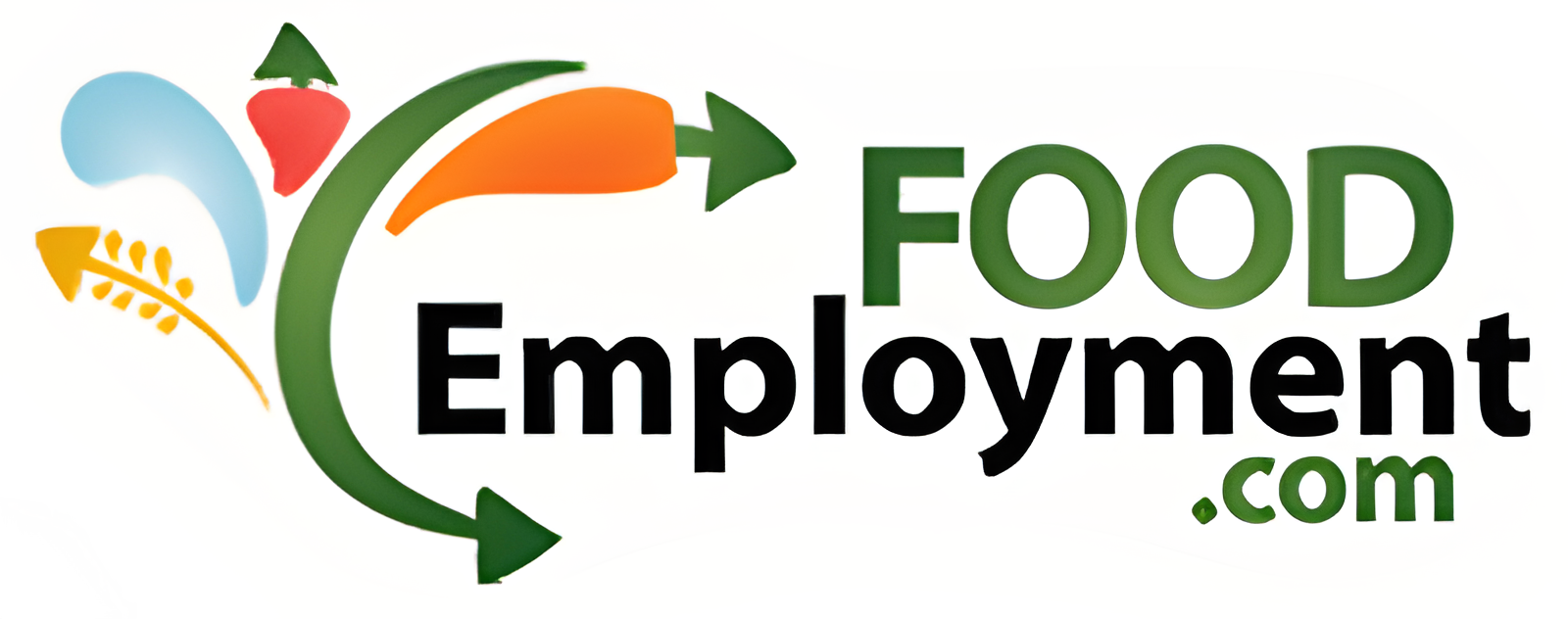"Pet Peeves" of Hiring Authority
Pet Peeves of Hiring Authorities
The following are the top seven "pet peeves of hiring authorities:
1. Job Seeker is not prepared - Hiring authorities expect job seekers to conduct research prior to an interview. In fact, they expect you to conduct research prior to submitting your resume. Inadequate knowledge could result in you being screened out.
2. Job Seeker is not dressed properly - Hiring authorities will assume that the best they will ever see you dressed is at your interview. (It is always best not to wear too much perfume/cologne and to avoid smoking prior to an interview.)
3. Job Seeker is negative, appears frustrated - It is never a good idea to say anything that can be interpreted as negative, especially about past employers. Think of when you felt best about yourself and that is the person who needs to go on the interview.
4. Job Seeker just restates their resume - They want you to focus on what you were better at than someone who held the same job before you. They want to hear about your accomplishments and the positive impact they had on your past employers.
5. Job Seekers do not understand the employer’s priorities - The Hiring Authority will often provide clues if you listen carefully to the questions they ask. If you do not know what is most important to them, ask that question during your interview.
6. Lack of enthusiasm, interest or energy - Most employers react positively to job seekers who show a high level of confidence and interest level in working for their company.
7. Questions are self-serving - Your questions must reveal what is most important to the hiring authority vs. questions that are self-serving. Job seekers who focus primarily on the benefits, vacation days, bonuses or incentives are almost always eliminated from consideration.
Knowing the top pet peeves of hiring authorities will better prepare you for future conversations and interviews. If you need help sourcing, screening and hiring manufacturing professionals contact a Food and Beverage Recruiter, contact us: www.foodemployment.com



